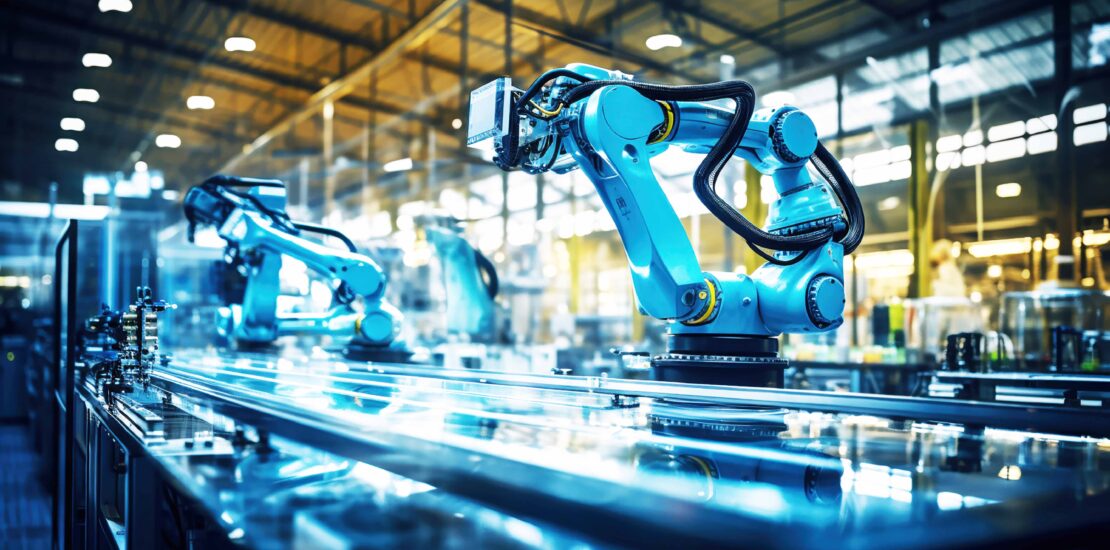- June 11, 2024
- Posted by: Dordea Paul
- Categories: Automotive, Innovation, International

BMW Group has announced that it is expanding its production of its additive manufacturing processes, better known as 3D printing.
Primarily, the car manufacturer has focused on producing individual vehicle parts and components, initially for concept cars, prototypes and race cars, then later for production models. The BMW Group now also manufactures many work aids and tools for its own production system in various 3D printing processes.
In the summer of 2023, a new, even lighter generation of gripper was introduced. To achieve this, the previous gripper concept was analysed and optimised topologically, leading to the development of the bionic robot gripper.
This combines the roof shell from the LSP printer with SLS vacuums and a bionically optimised bearing structure. For this, a mould with printed cores is used in the sand casting and this mould is then cast with the intricate aluminium structure.
The new gripper is 25% lighter than its predecessor, the automaker said, meaning the entire process of manufacturing a CFRP roof of the BMW M3 can be performed with just one robot, rather than three, as was previously the case.
Nowadays, double grippers manufactured individually within the BMW Group, courtesy of 3D printing, are used for all CFRP roofs at BMW Group Plant Landshut. At the Additive Manufacturing Campus in Oberschleißheim, the BMW Group’s central hub for production, research and training in 3D printing, more than 300,000 parts were printed in 2023.
Jens Ertel, head of BMW additive manufacturing, said: “The increasing use of additive manufacturing in the BMW Group production system has many benefits.
“For example, we are able to quickly, economically, and flexibly produce our own production aids and handling robots, which we can individually adapt to specific requirements at any time, as well as being able to optimise their weight.
“Less weight allows higher speeds on the production line, shorter cycle times and reduced costs. Plus, smaller robots can be used in the medium term, which also cuts CO2 emissions and costs.”
Leave a Reply
You must be logged in to post a comment.
